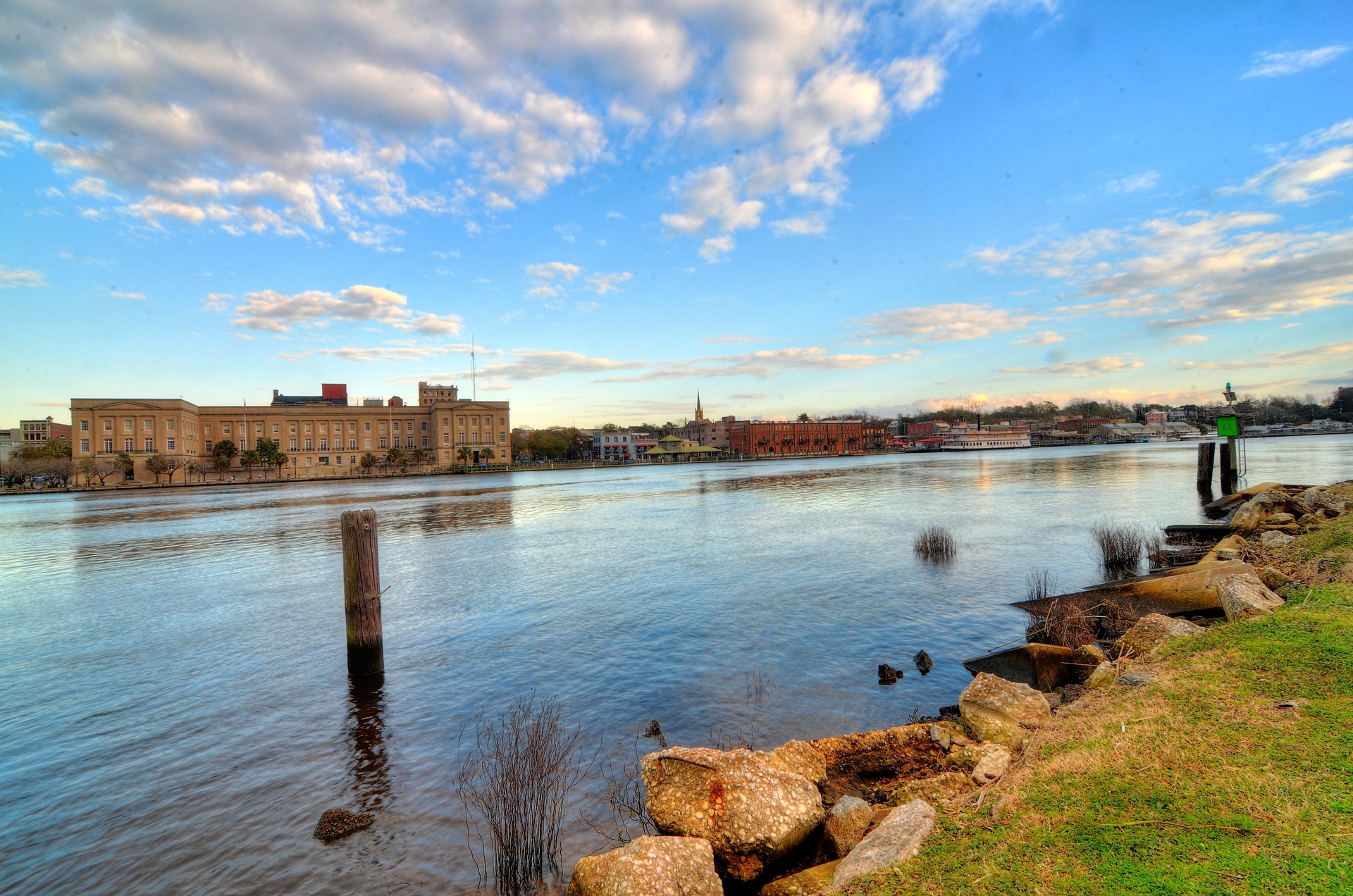Long before the United States became the country we know today, a small but significant Swedish colony was established along the banks of the Delaware River. Known as Nya Sverige (New Sweden), this 17th-century outpost stretched across parts of what are now Delaware, southeastern Pennsylvania, and southern New Jersey. While the colony only lasted from 1638 to 1655, its legacy continues to shape the culture and historical fabric of the region. Today, visitors can explore a mix of heritage sites, museums, charming towns, and riverside scenery that all trace their roots back to this unique Scandinavian chapter in American history.
Arrival in Wilmington and the Gateway to New Sweden
Start your journey in Wilmington, Delaware, where the Christina River meets the Brandywine. This area is often considered the heart of New Sweden and was once the location of Fort Christina, the first Swedish settlement in North America. While the original fort no longer stands, a beautifully maintained park marks its historic location. Fort Christina Park features a monument gifted by Sweden in 1938 and serves as a symbolic starting point for any trip through the region.
The Kalmar Nyckel, a faithful replica of the original Swedish ship that brought the first settlers to America, is docked nearby. This full-sized sailing ship offers seasonal river cruises and tours, allowing you to step aboard a piece of living history. The adjacent Kalmar Nyckel Foundation also maintains a visitor center with exhibits that contextualize the Swedish-American connection and maritime legacy.
Across the River to discover Swedish Footprints in New Jersey
Just across the Delaware River lies New Jersey, another key piece of the New Sweden puzzle. One of the most notable heritage sites here is the Trinity Church in Swedesboro, built in the early 18th century. Though the current structure dates to 1784, its congregation traces its roots directly back to the Swedish settlers. The churchyard is a peaceful space with historic gravestones, and the building’s interior maintains a quiet elegance that reflects its colonial past.
Not far from Swedesboro is Bridgeport, where Swedish and Finnish settlers once farmed the rich land along the river. Though few structures remain from the 17th century, the sense of continuity with the land and the stories that have been preserved make it a meaningful stop for those seeking deeper historical context.
The Swedish Legacy in Pennsylvania
On the Pennsylvania side, Philadelphia may not seem immediately connected to New Sweden, but dig a little deeper and its colonial neighborhoods reveal their Scandinavian roots. The American Swedish Historical Museum in South Philadelphia is a must-see. Nestled in FDR Park, the museum showcases exhibits on Swedish-American culture, from the early settlers to modern-day contributions. With elegant Nordic architecture and both permanent and rotating exhibits, the museum offers a rich cultural experience for history enthusiasts and casual visitors alike.
Continue your exploration along the Delaware River in areas like Tinicum Township, where the Printzhof, home of Governor Johan Printz, once stood. Though the original building is gone, historical markers and reconstructions provide insight into what life was like for the settlers. This part of Pennsylvania, quiet and somewhat overlooked, offers a tranquil setting to imagine the colony as it once was—between the forests and the waterways.
Beyond the Past with Festivals, Food, and Culture
The New Sweden region is not only about static monuments. Its history is kept alive through festivals, reenactments, and cultural events. Wilmington hosts Swedish-American Day each June at Fort Christina, complete with traditional costumes, folk music, and heritage presentations. Local churches and organizations across Delaware, New Jersey, and Pennsylvania continue to celebrate Lucia Day and Midsummer, bringing together descendants of the settlers and curious locals alike.
Food is another entry point into the region’s Scandinavian identity. From seasonal smörgåsbords to modern takes on Swedish classics, various cultural institutions and events offer chances to taste history. While you may not find a herring stand on every corner, these small but meaningful culinary moments add texture to the journey.
Planning Your Visit
Spring and fall are ideal times to explore the New Sweden region. The climate is mild, the parks and riverfronts are in full color, and heritage events are often in full swing. The area is easy to navigate by car, and its relatively short distances between key sites make it perfect for a weekend road trip. Whether you’re flying into Philadelphia International Airport or arriving by train to Wilmington, the region is highly accessible and welcoming.
Accommodations range from historic inns to modern hotels, and you’ll find plenty of charming places to stay in both urban and rural settings. It’s easy to tailor your experience to be as history-focused, nature-inspired, or culturally immersive as you wish.
A Quiet Corner of American History
New Sweden may not have the same name recognition as Jamestown or Plymouth, but its story is no less compelling. It’s a story of settlers carving out a home in a new world, of cultures merging along the riverbanks, and of traditions that have quietly endured for nearly 400 years.
Exploring the legacy of New Sweden isn’t just a historical exercise—it’s a journey into a lesser-known chapter of early America, one that’s still alive in the architecture, landscapes, and people of the Delaware Valley. For travelers seeking a blend of history, beauty, and depth, the New Sweden region offers a truly rewarding experience.

I’m a real travel enthusiast! My favourite destinations is in the Americas and Asia. Go for it guys!

